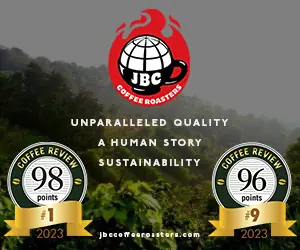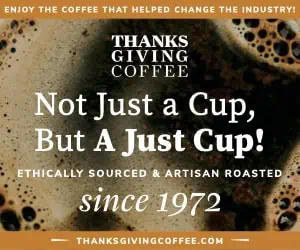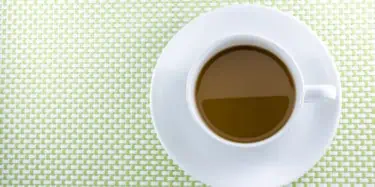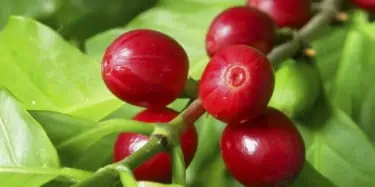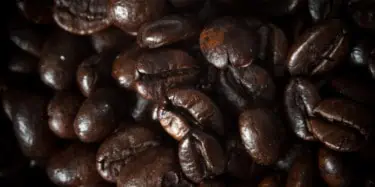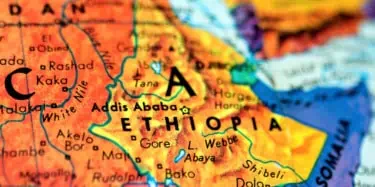Imagine it's a great recording, but your tweeter and woofer are on the fritz. Judging from this issue's selection of decaffeinated coffees, the decaffeination process tends to pass the taste of fine coffee through some rather attenuated speaker systems. Top notes and bottom both tend to thin out, and even the middle ranges don't open up and resonate. Few shimmers at the top and even fewer deep
Guatemala Coffees
Guatemala is one of the world's classic coffee origins, so it seems appropriate to open the Coffee Review series of blind panel cuppings with a selection of Guatemala coffees. Eleven respected coffee professionals cupped samples of ten Guatemala coffees. The participating coffees were not identified until after the cupping was completed. The reports of the eleven cuppers form the basis of the
Supermarket Coffees
It's one of those does-the-emperor-have-no-clothes questions. When we fork out nine or ten dollars per pound for specialty coffee are we getting something clearly better in the cup than the granulated brown stuff in cans that sells for several dollars less? The question becomes even more interesting when we consider how the line between "specialty" and "commercial" coffee has blurred in recent
The Dark-Roast Controversy
In a book about coffee published in 1853 the following sentence appears: "For the New England trade a light roast is required, and for Western, a dark, or pretty full roast." Of course people in those days didn't cross the country for weekend business trips, and if anyone used the term bicoastal it doubtless described someone who commuted between west and east Manhattan. Consequently we don't
Straight Coffees from Africa
A good East African coffee has the disconcerting capacity to make coffees from other parts of the world taste rather tame. The robust wininess of a Kenya or the startling floral tones of an Ethiopian Yirgacheffe are among the grand gestures of coffee. Few East African coffees can be accused of timidity. But what do consumers actually taste when they get their bag of Kenya, Ethiopia, or Zimbabwe
House Blends
What do people get when they call a coffee retailer, confused, and ask for a good blend, something to introduce them to the world of specialty coffee? We called, and this February's coffee reviews describe what we got: a dozen interesting and rather different blends from twelve roaster-retailers. In all cases, the blend we tasted was the one recommended by the person who took the order. The





